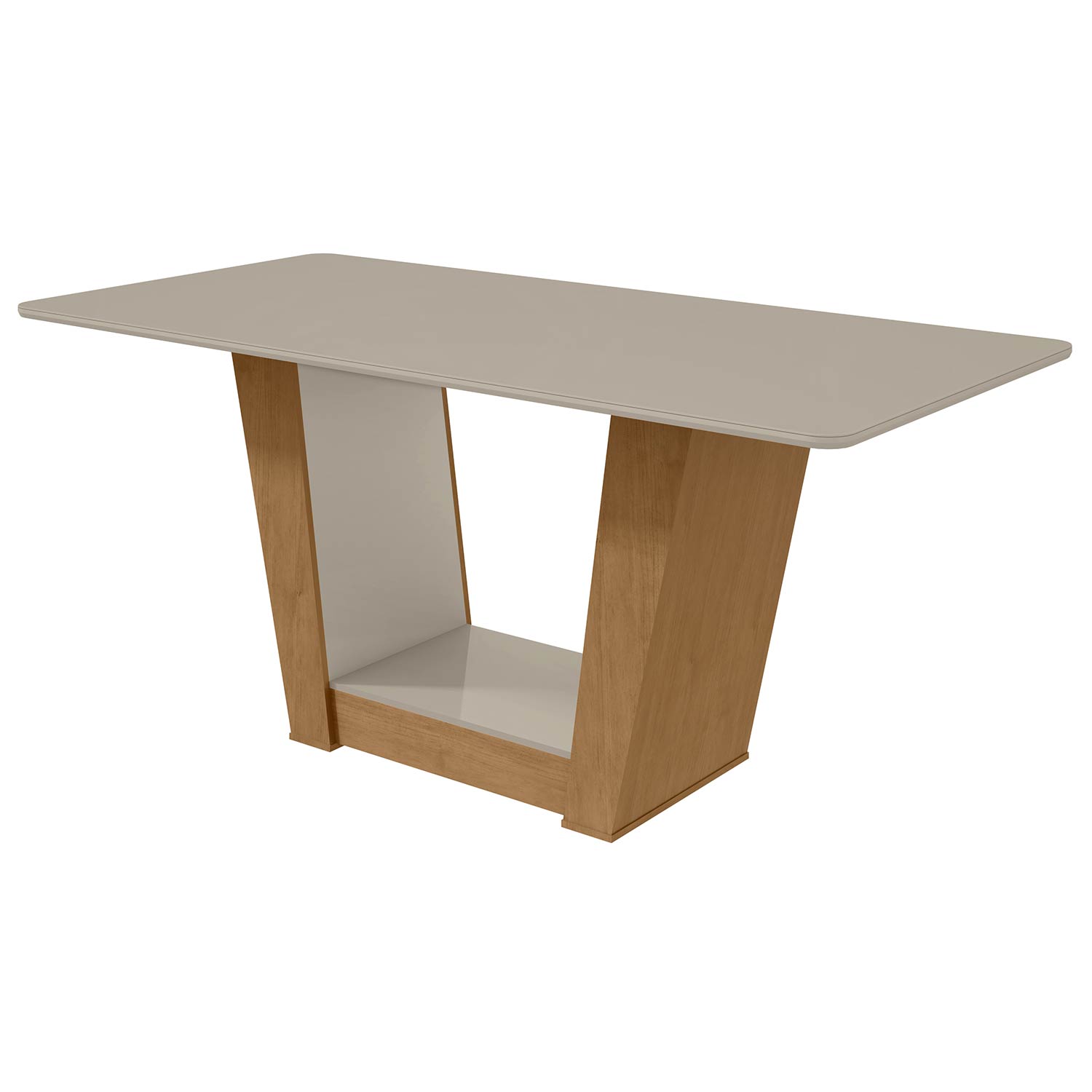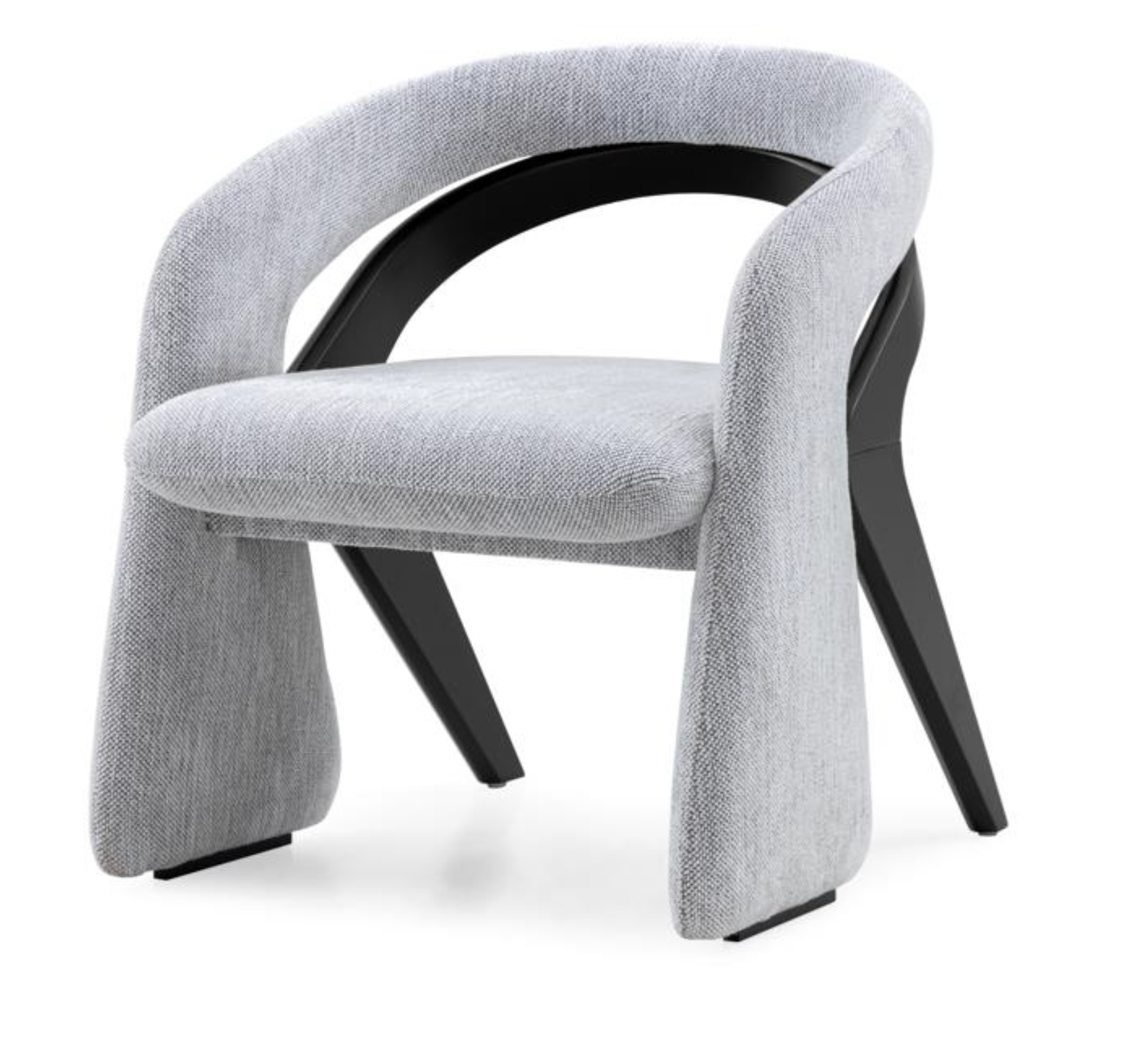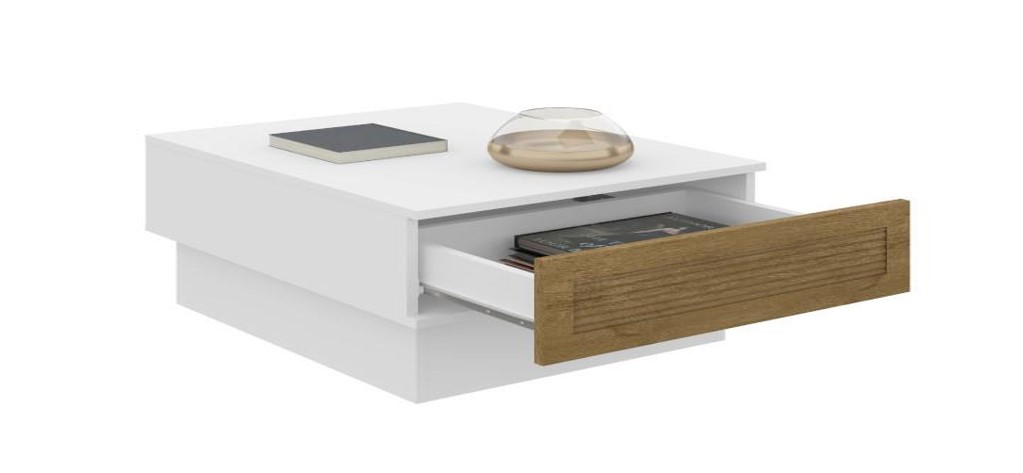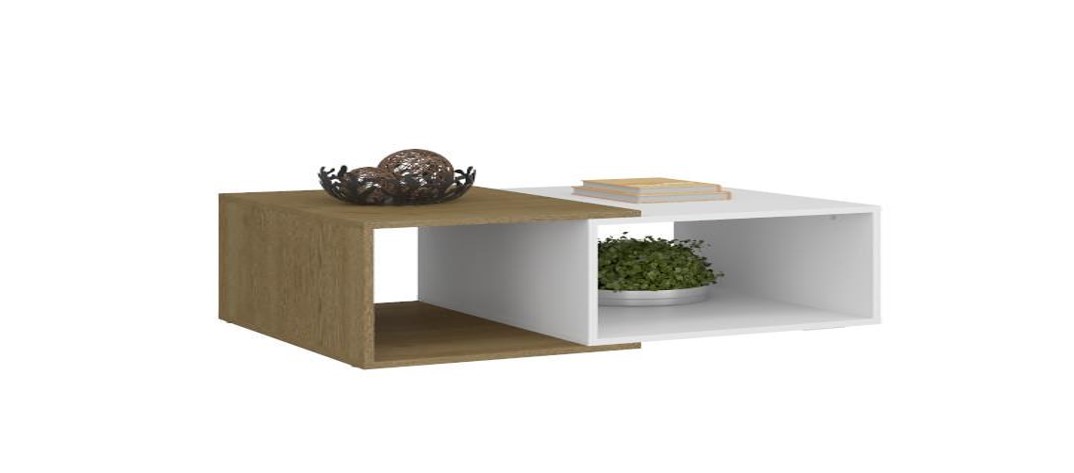Captivating Design of Wooden Furniture with a Modern Twist
e realm of interior design is buzzing with fresh, exhilarating changes, particularly regarding wooden furniture. Once considered a classic choice with traditional roots, wooden furniture is now undergoing a vibrant reinvention. This modern twist merges time-honoured craftsmanship with contemporary aesthetics, resulting in a fusion that redefines our perception of wood and sets new trends that captivate and inspire.

The Evolution of Wooden Furniture
Wooden furniture has long been admired for its durability and timeless charm. Yet, today's design philosophy goes beyond mere functionality; it demands style and innovation. Designers are breaking away from the traditional mold and pushing the limits of wooden furniture to incorporate elements of sophistication and sustainability.
Some of the key trends in Wooden Furniture are:
Sculptural Forms and Geometric Patterns
One of the most striking trends is the embrace of sculptural forms and geometric patterns. Designers are steering clear of conventional shapes, opting for asymmetrical designs and bold, angular lines. This artistic approach transforms everyday furniture into eye-catching pieces. Think coffee tables with abstract, organic shapes or chairs featuring geometric backrests—these designs are making a significant impact on modern interiors.

Mixed Materials
Another trend gaining traction is the blend of materials. While wood remains central, it's now frequently paired with metals, glass, or stone. This combination not only enhances visual appeal but also introduces diverse textures and functionalities. Imagine a dining table with a wooden base and a sleek glass top or a wooden chair with metallic legs—this fusion creates sophisticated contrasts and a contemporary edge.

Sustainable Practices
Sustainability is a major force driving design today. There's a strong focus on eco-friendly materials and practices. Reclaimed wood, sustainably sourced timber, and non-toxic finishes are becoming standard. Designers are also exploring modular furniture solutions that can be easily disassembled and repurposed, reflecting a growing awareness of environmental impact.

Minimalist Aesthetics
Minimalism continues to be a significant influence. The trend towards simplicity is evident in clean lines, understated forms, and natural wood finishes that showcase the material's inherent beauty. Minimalist designs prioritize functionality and elegance, often incorporating clever storage solutions and space-saving features.

Innovative Joinery Techniques
Woodworking craftsmanship is experiencing a renaissance with new joinery techniques. Traditional methods like dovetail and mortise-and-tenon joints are being reinterpreted using modern technology. Advanced engineering and tools enable intricate designs that were previously unattainable. These techniques not only boost durability but also enhance the aesthetic appeal, often highlighting joinery as a key design feature.

Color and Finish Experiments
There is a departure from the usual natural wood finshes. Designers are experimenting with bold colors, stains, and paints to give wooden furniture a contemporary twist. Vibrant hues and matte finishes allow for personalization and create standout pieces that complement modern interiors.
.png)
The captivating design of wooden furniture with a modern twist perfectly illustrates how tradition and innovation can harmonize. By embracing sculptural forms, mixed materials, sustainability, minimalism, advanced joinery, and vibrant finishes, wooden furniture is being transformed into a canvas of creativity and sophistication. As these trends continue to evolve, they promise to redefine our living spaces, making wooden furniture not just a functional element but a centerpiece of art and expression in contemporary interiors.

